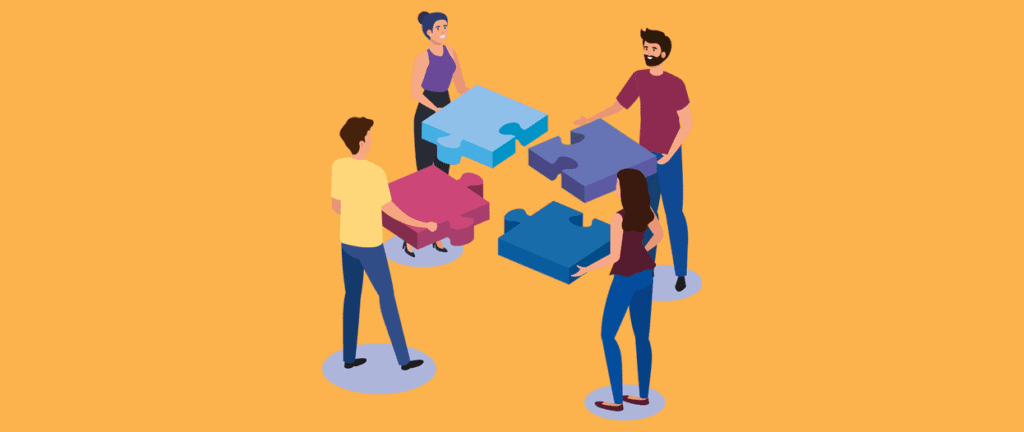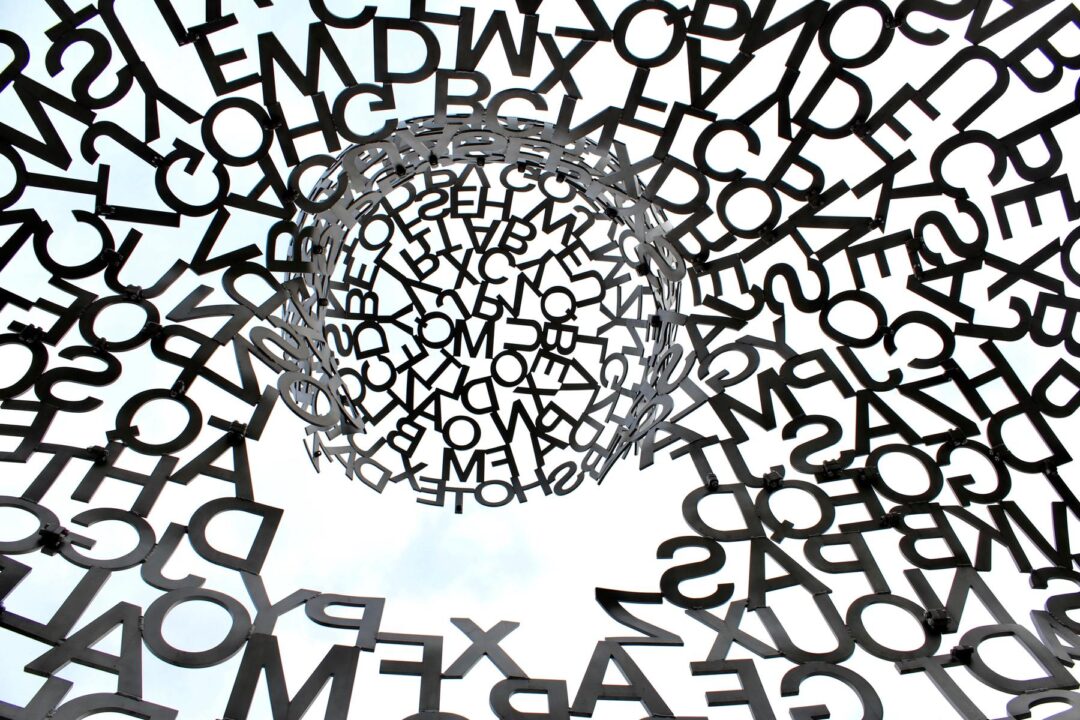Considering the adolescent social brain when supporting students remotely

Adolescence is a critical stage in human development, typically defined as the period of human life between 10 and 24 years (Blakemore, 2018). Whilst many physical changes take place during this time, it is only in the last two decades that electronic imaging technology has enabled us to delve inside the body and observe structural and functional changes in the brain (Dick et al., 2014). As a result, teachers have benefited from neuroscientific insights through increased awareness of neural processes concerned with knowledge acquisition, such as the interplay between working and long-term memory. However, recent studies also show this time to be one of heightened sensitivity in the social development of the brain, which relies heavily on positive peer interactions (Orban, Tomova and Blakemore, 2020; Blakemore, 2018).
The closure of secondary schools due to COVID-19, and the wider physical distancing measures introduced to control it is therefore highly problematic. Increased social isolation in the wider population will have unintended detrimental impacts and many are concerned that adolescents will feel this more keenly (Creswell et al., 2020). Teachers have faced the challenging task of supporting students through the blended delivery of lessons and pastoral support. Adapting quickly to distanced learning poses significant challenges, not least because of the practical and technical complications associated with online learning platforms, but also the difficulty in maintaining effectively imitable social interactions within the digital environment.
In our large secondary school, the staff in pastoral roles have quickly developed new systems to support the emotional and safeguarding needs of all our students. This has mainly consisted of one-to-one phone calls and individual survey responses. As teachers, we recognise the benefits of direct instructionA method of instruction in which concepts or skills are taught using explicit teaching techniques, such as demonstrations or lectures, and are practised until fully understood by each student as an effective pedagogical strategy, and this has become the preference for some. However, in a socially distanced environment, we have also grasped the opportunity to facilitate more peer collaboration and social interaction, even when students are tasked with recalling information as individuals. We have utilised a number of functions and strategies in order to achieve this:
- Chat functionality – most online learning platforms include a ‘chat’ panel or function through which students can type responses. This allows students to keep their camera and microphone turned off whilst interacting via a familiar medium which is similar to that of their smartphones.
- Breakaway rooms allow students to collaborate in small groups, constructing responses together before sharing their ideas with the class as a whole. Students often feel more comfortable vocalising within these episodes before presenting their ideas via the chat function or verbally to the larger group.
- Self-styled ‘knowledge recall races‘ require students to answer a verbal question from the teacher within the chat function, taking advantage of students’ competitive nature.
Using competition to stimulate social interaction whilst maintaining challenging lesson activities has been particularly successful. My students have enjoyed ‘racing’ against their friends and have been able to recount their successes and failures vocally and via the chat function. An example of retrieval practice techniques that encourage peer social interactions at the start of a GCSE drama lesson might look something like this:
- Race against the clock: In the next 30 seconds, list as many Brechtian techniques as you can. The person with the most correct answers is the winner.
- Race against each other: The winner is the first person to list five physical performance techniques.
- Race against the teacher, in teams or as individuals: In breakaway rooms, you have four minutes to prepare a six sentence exam response following the prescribed structure. The winner is the group which includes more detail than the teacher.
During the lockdown, students have become accustomed to this type of activity and anticipate it at the start of each lesson, chiming with Lemov’s ‘Do Now’ strategy (2011). This familiarisation and sense of routine reduces the cognitive load of anticipating alternate lesson structures, as well as building confidence and motivation.
We hope that activities using competition will stimulate intrinsic motivation and help to facilitate social peer interactions that would otherwise be nil. We all hope that the full return to school scheduled for September will render interactive online experiences obsolete. However, with some predicting future waves of the pandemic to force the government’s hand into once more closing schools, devising strategies to facilitate peer interactions in lessons is critical to limit the harmful effects of any future lockdowns.
Share your experiences with educators globally by joining the discussion below. How do these approaches compare to your own experiences of online learning?
References
- Blakemore SJ (2018) Reinventing Ourselves. London: Transworld Publishers.
- Creswell C, McCrory E, Viding E et al. (2020) COVID-19 Lockdown: A Child and Adolescent Mental Health Crisis. ReachWell 9 July 2020. Available at: https://reachwell.org/2020/07/09/covid-19-lockdown-a-child-and-adolescent-mental-health-crisis/ (accessed 10 July 2020).
- Dick F, Lloyd-Fox S, Blasi A et al. (2014) Neuroimaging Methods. In Educational Neuroscience. Mareschal D, Butterworth B and Tolmie A (Eds). Chichester: Wiley Blackwell, pp.13-45.
- Lemov D (2011) Teach Like a Champion. San Francisco: Jossey-Bass.
- Orban A, Tomova L and Blakemore SJ (2020) The effects of social deprivation on adolescent development and mental health. Lancet Child Adolescent Health. Available at: https://www.ncbi.nlm.nih.gov/pmc/articles/PMC7292584/ (Accessed 03 July 2020).










